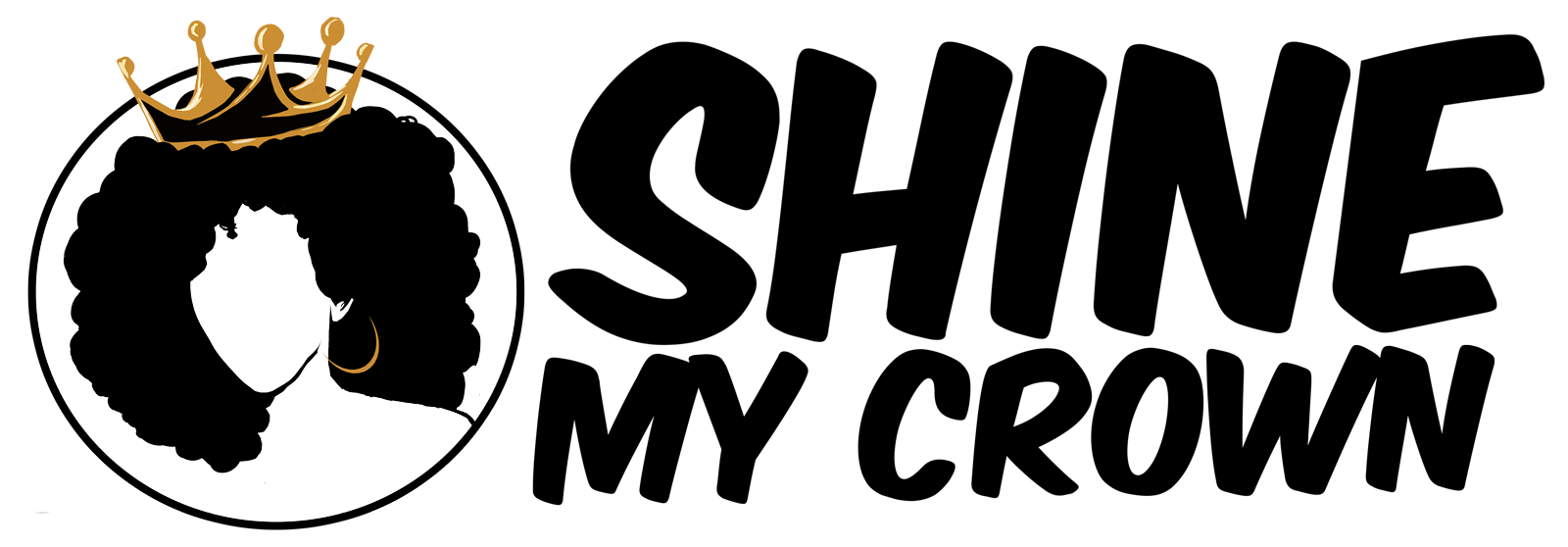Rubber bands, those seemingly innocuous little hair accessories, can be both a convenient styling tool and a potential menace to your natural hair’s health. While they can be useful for creating tight hairstyles and securing buns or ponytails, it’s crucial to understand their impact on your delicate natural curls. Let’s dive into the world of rubber bands and their effects on natural hair, so you can make informed decisions about your hair care routine.
One of the primary concerns when using rubber bands on natural hair is the tension they create. Pulling your hair tightly into a ponytail or bun with rubber bands can exert excessive force on your strands. This tension can lead to hair breakage, especially around the edges and nape of your neck, where hair is often finer and more delicate.
2. Thin and Weak Hair
Frequent use of rubber bands can weaken your hair over time, making it thinner and more prone to breakage. The constant strain on your hair strands can damage their structure, leaving them brittle and susceptible to damage.
3. Knots and Tangles
Rubber bands can create knots and tangles in your natural hair, particularly when you wrap them too tightly or leave them in for extended periods. These knots can be challenging to detangle, and attempting to do so can result in hair breakage.
4. Stress on Your Scalp
Your scalp is also affected when you use rubber bands on your natural hair. The tightness of the bands can put stress on your scalp, potentially leading to discomfort, itchiness, and even hair follicle damage. This can contribute to conditions like traction alopecia, where hair is pulled out from the root due to prolonged tension.
5. Inhibition of Natural Curl Pattern
Frequent use of rubber bands for tightly pulled-back styles can disrupt your hair’s natural curl pattern. Over time, your curls may become elongated or stretched, making it challenging to maintain your hair’s unique texture and shape.
Tips for Safe Use of Rubber Bands on Natural Hair:
While rubber bands can pose risks to your natural hair, there are ways to use them safely and minimize potential damage:
- Opt for Hair-Friendly Alternatives: Consider using hair-friendly alternatives like snag-free hair ties, fabric-covered elastic bands, or soft scrunchies. These options provide a secure hold without the risk of excessive tension.
- Avoid Overly Tight Styles: Avoid creating hairstyles that require you to pull your hair too tightly. Looser styles can be just as stylish while reducing the strain on your strands.
- Use Hair Oil or Leave-In Conditioner: Apply a small amount of hair oil or leave-in conditioner to your hair before styling to add moisture and reduce friction when using rubber bands.
- Limit the Duration: If you must use rubber bands, limit the duration your hair is styled in this way. Avoid keeping rubber bands in your hair overnight or for extended periods.
- Be Gentle During Removal: When removing rubber bands, do so gently to avoid snagging or breaking your hair. Carefully slide them out instead of pulling them out forcefully.
- Regular Moisturizing and Deep Conditioning: Maintain a healthy hair care routine that includes regular moisturizing and deep conditioning to keep your natural hair strong and resilient.
In conclusion, while rubber bands can be convenient for styling natural hair, it’s essential to use them cautiously to avoid damaging your delicate curls. Consider the potential risks and opt for hair-friendly alternatives whenever possible. Your natural hair deserves tender care to maintain its strength, beauty, and unique texture.
